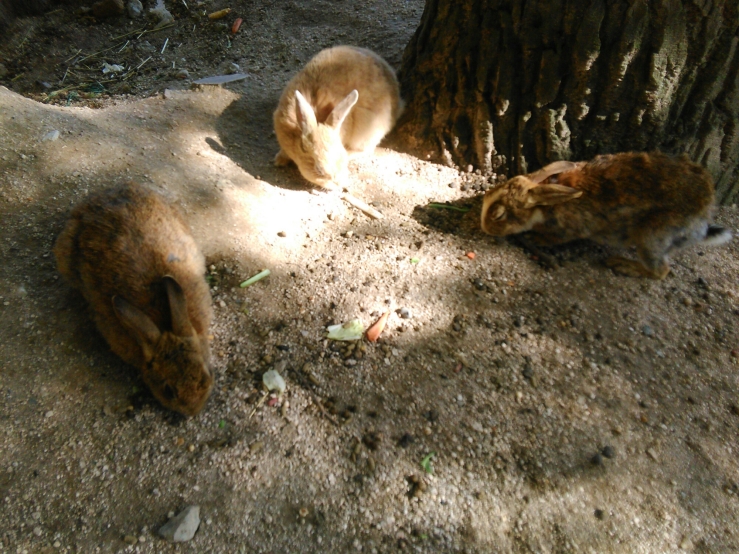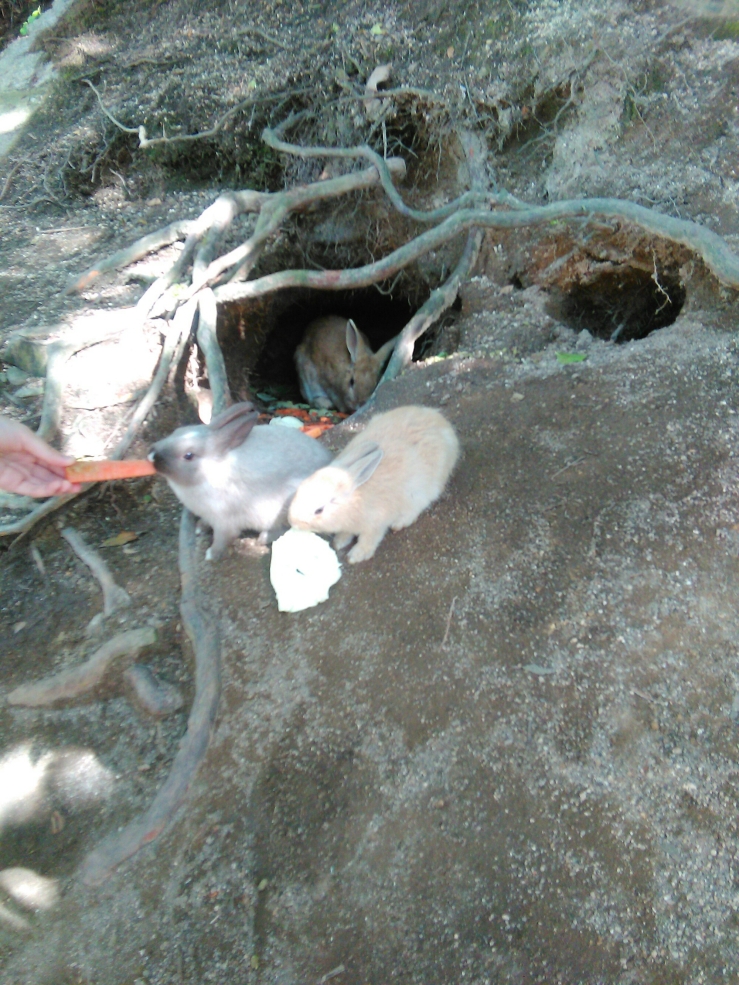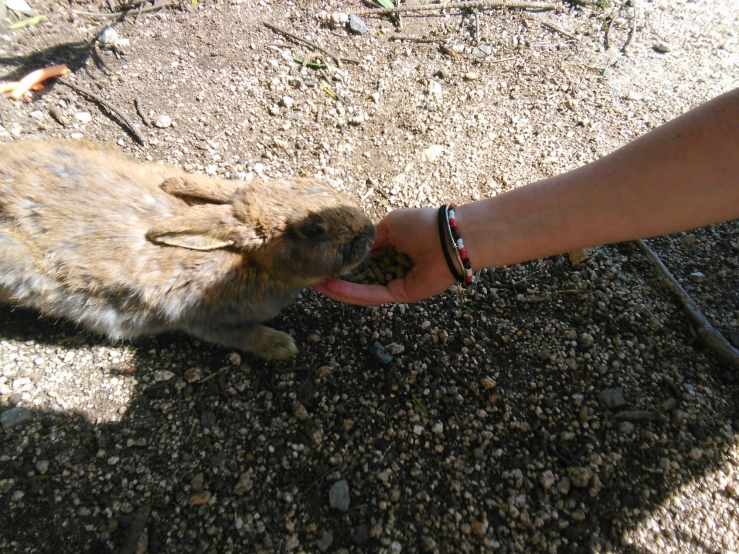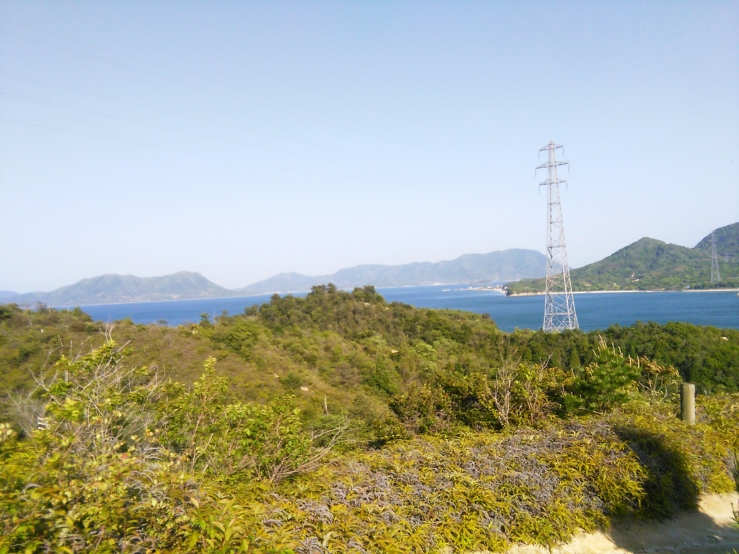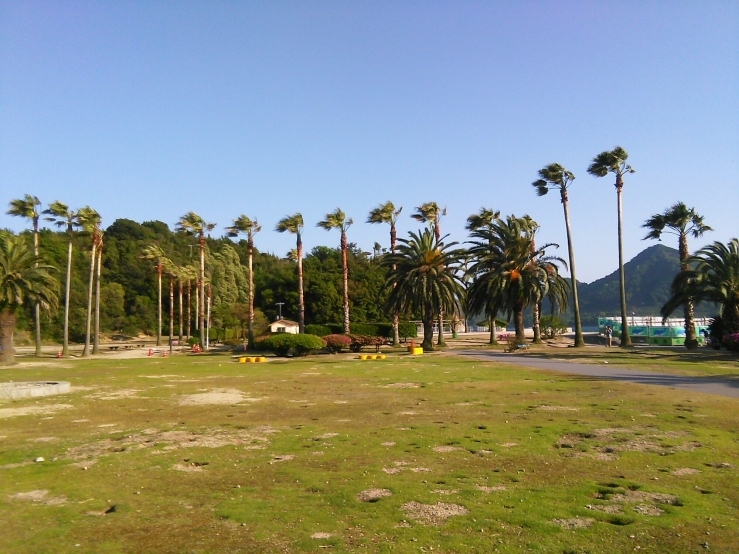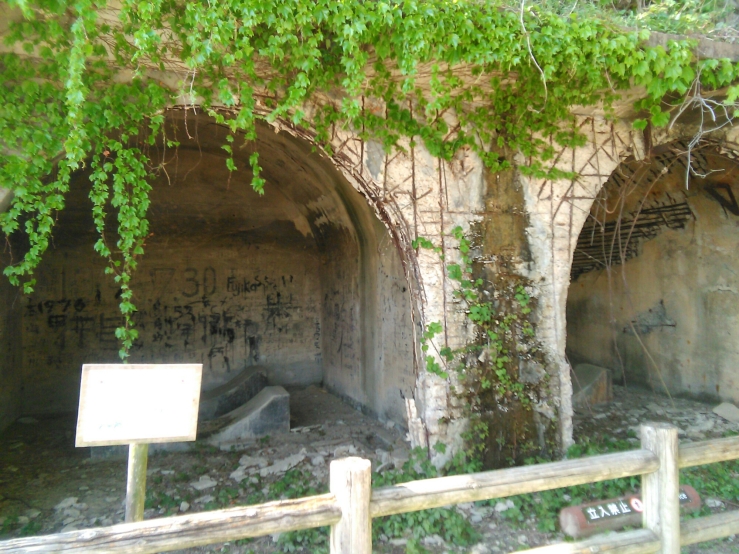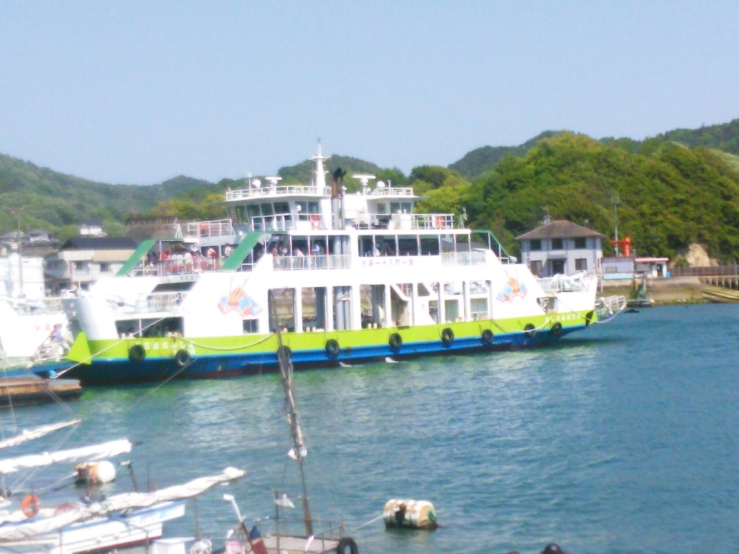Tea is quintessentially British. Fell down? Have a brew. Feeling poorly or have a cold? Brew. Been dumped? Brew. Got people round? Brew. The cup of tea is literally the go to for any situation you may come across. There hasn’t been a moment in my very Northern life that hasn’t been made better by having a good brew. Tea is also quintessentially Japanese. Koucha and Ocha, AKA black tea and green are probably the most popular and easiest to come across especially when the choice of green tea is larger than the choice of chocolate. Tea here is a way of life
Making a cup of tea in the UK is a routine. Mug, kettle, teabag (or leaves and a strainer if you’re that way inclined.) Making a cup of tea in Japan is an art. A performance that been taught for hundreds of years. The art of the Tea Ceremony is a bewitching experience and one that, as a foreigner, can come with a hefty(ish) pricetag; that is unless you happen to stumble across a group of Buddhists outside Osaka castle who take you back to their temple and give you one for free. Women in beautiful kimonos take extremely precise and measured movements in order to create the perfect cup of green tea. Every twist of the shoulders and every flick of the wrist is a pre-determined gesture leaving nothing to chance. The kimonos, as well as being beautiful to look at, double as a uniform, the secrets pockets tucked in the breast provide holding spaces for fans and handkerchiefs. Under the pressure of an audience and a history of other women doing the exact same sign of movements, they show no sign of stress, a completely unflappable performance.
After you watch the demonstration, you get a chance to make your own cup. Closely watched by the eagle-eyed mentors you froth your tea to the perfect level of solidity and stir to the correct amount in the correct direction. Despite how easy they make it look, it’s actually quite difficult, not a time to mess around the concentration is intense.
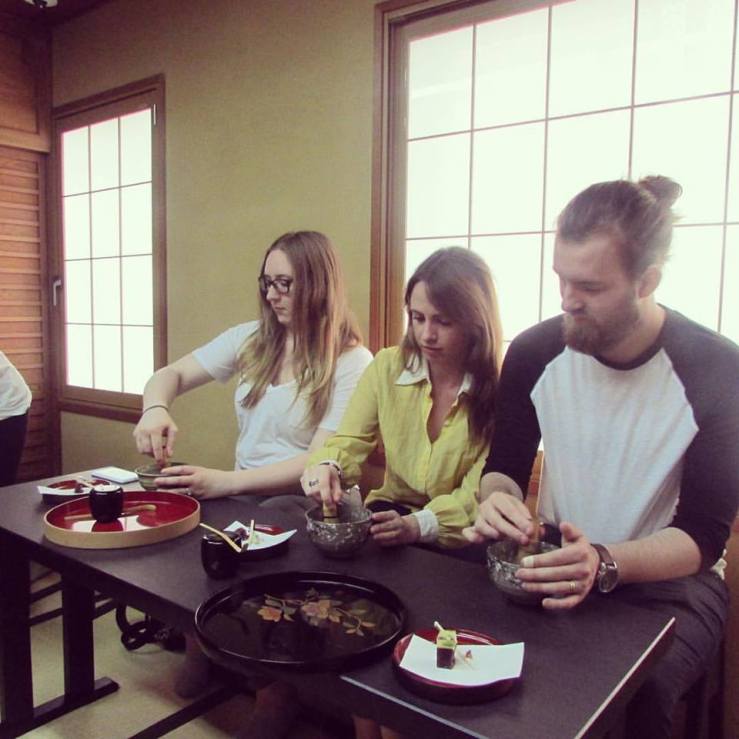
Surprisingly or not, a tea ceremony isn’t just about the tea. Just as important as the drink itself is the crockery used to drink it from. Taking in the craftsmanship of the bowl is a big part of accepting the tea. The drinker must twist the bowl around before taking a sip so they can honour the aesthetics of the piece and appreciate the time and effort that was spent creating it.
The long list of rules and the importance of routine may seem synonymous with the typical Japanese culture, however it creates a sense of calm. Watching the repetition and the ease of the movements seems to slow down the fast-paced life that’s rushing away on the other side of the walls.
A place for everything and everything in its place.
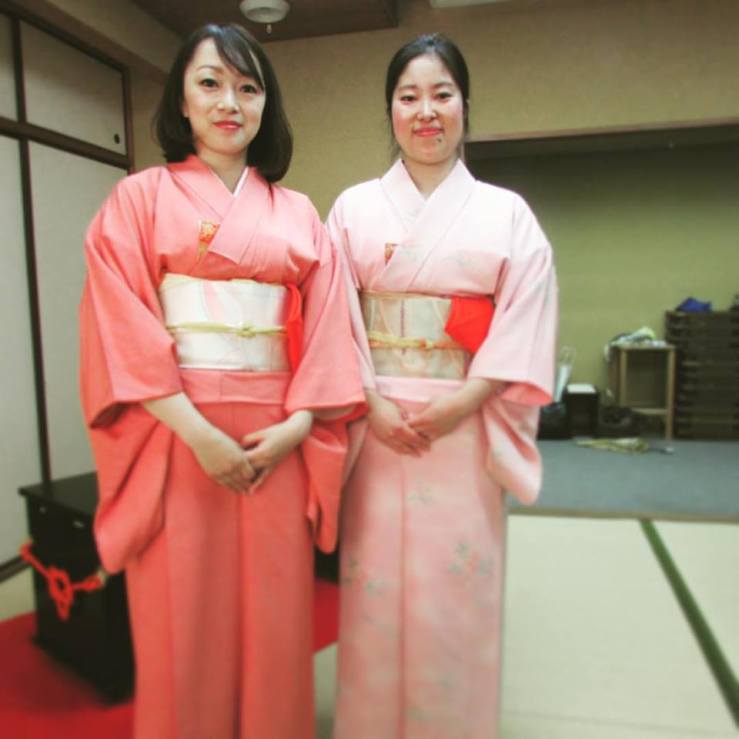







 Hiroshima’s desire for rebirth is evident in the festivals, carnivals and flowers shows it holds for the communities and tourists alike. Competing dance troups and 30ft high flower floats, live music and craft stalls. It’s difficult not to enjoy a trip to the Peace park and as much as you think you shouldn’t, it isn’t a place for sadness and regret it’s a place for reflection and love.
Hiroshima’s desire for rebirth is evident in the festivals, carnivals and flowers shows it holds for the communities and tourists alike. Competing dance troups and 30ft high flower floats, live music and craft stalls. It’s difficult not to enjoy a trip to the Peace park and as much as you think you shouldn’t, it isn’t a place for sadness and regret it’s a place for reflection and love. 










